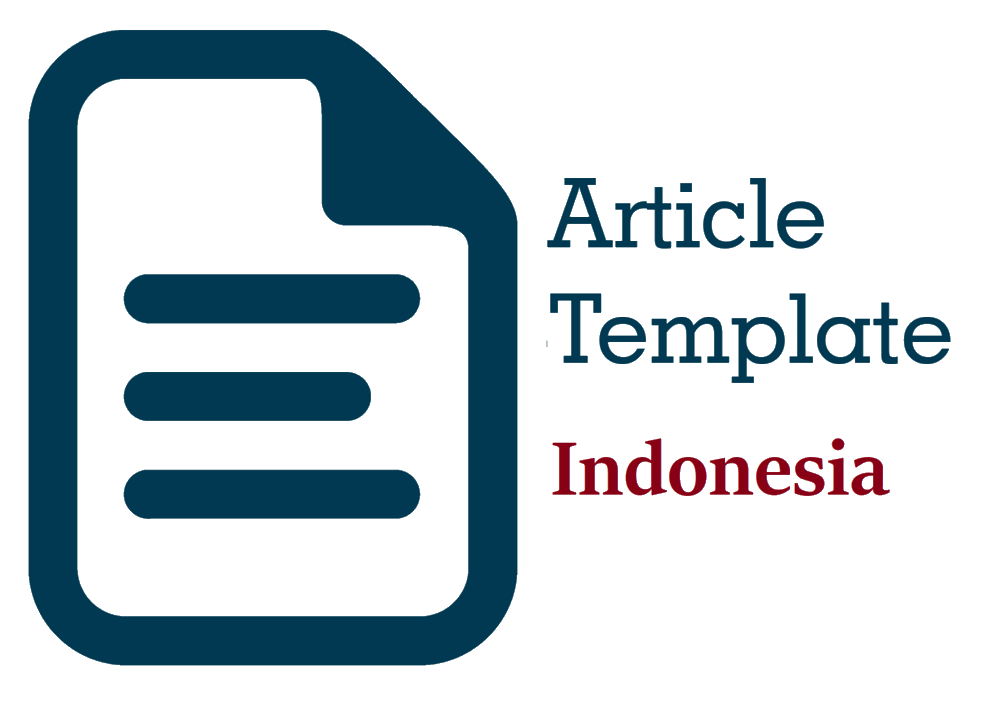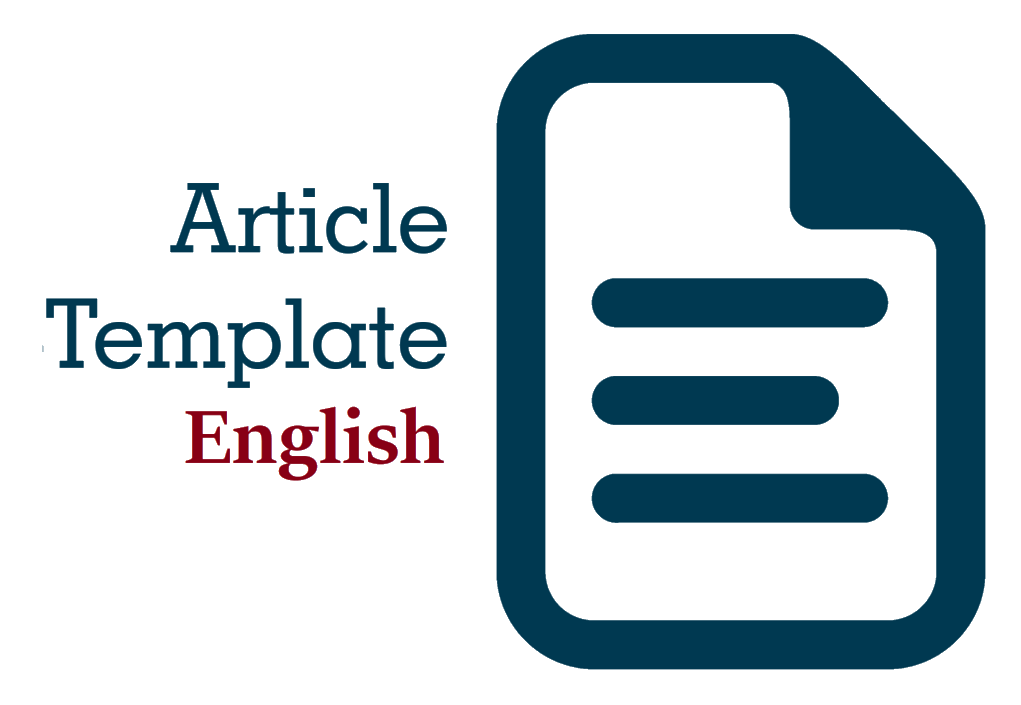Relasi Kompensasi dengan Produktivitas kerja Studi Kasus PT. Asuransi Jiwasraya (Persero)
Keywords:
Kompensasi, Produktivitas Kerja, Rasio KerjaAbstract
Compensation is all in the form of money, direct or indirect goods received by employees in return for services provided by the company. According to Sutrisno (2009), productivity is generally defined as the relationship between output (goods or services) and inputs (labor, materials, money). Indicators of compensation are fair, fair, and reasonable. While indicators of work productivity are ability, increasing the results achieved, work spirit, self-development, quality, and efficiency. This study uses a non-probability sampling technique with saturated sampling, with 30 samples at PT. BNI Life Insurance (Persero) Medan. The results of the correlation coefficient test showed that the rxy value was 0.359. According to Arikunto (2010) criteria for the relation category of correlation coefficient (r) 0,200-0,400 (low). While the direction of the relationship is positive because the value of r is positive, it means that the better the welfare of employees the more work productivity of employees of PT. Asuransi Jiwasraya (Persero) Medan. Test the coefficient of determination between compensation and work productivity of 12.9% and the remaining 87.1% is influenced by factors other than compensation. then the result of t arithmetic is 2.036, the result of the t table is 2.05. T arithmetic <t table is 2.036 <2.05 so that Ho is accepted and Ha is rejected, it can be concluded that there is no relationship between compensation and work productivity.
Downloads
References
Arikunto, Suharsimi. 2010. Prosedur Penelitian Suatu Pendekatan Praktis. Edisi Revisi 2010. Jakarta :Rineka Cipta.
Gomes, Faustino Cardoso. 2003. Manajemen Sumber Daya Manusia. Yogyakarta: Andi
Hasibuan,Malayu. 2011. Manajemen Sumber Daya Manusia Edisi Revisi. Jakarta: Bumi Aksara.
Muhidin, Sambas Ali dan Abdurrahman. 2011. Analisis Korelasi , Regresi dan jalur dalam penelitian. Bandung: Pustaka Setia.
PB, Triton. 2010. MSDM Perspektif Parthnership dan Kolektivitas. Jakarta: Oryza
Sutrisno, Edy. 2009. Manajemen Sumber Daya Manusia. Yogyakarta: Andi.
Sugiyono. 2010. Metode Penelitia Kuantitatif, Kualitatif dan R & D. Bandung Alfabeta.
Priyatno, Duwi. 2010. Paham Analisis Statistik Data dengan SPSS. Yogyakarta :MediaKom.
Sunyoto, dkk. 2013. Manajemen Sumber Daya Manusia. Yogyakarta : CAPS.
Sinungan, Muchdarsyah. 2010. Produktivitas, Apa dan Bagaimana. Jakarta: Bumi Aksara.
Rachmawati, Ike Kusdyah. 2007. Manajemen Sumber Daya Manusia. Yogyakarta: Andi.
Siregar, Syofian. 2014. Statistika Parametrik untuk Penelitian Kuantitatif Dilengkapi dengan Perhitungan Manual dan Aplikasi SPPS Versi 17. Jakarta : PT. Bumi Aksara
Sugiyono. 2013. Metode Penelitian Kuantitatif, Kualitatif, dan R&D. Bandung : CV. Alfabeta
Sumarsono, S. 2003. Ekonomi Manajerial Sumber Daya Manusia dan Ketenagakerjaan. Graha Ilmu. Yogyakarta
Rosidah, A.T.S.,2009. Manajemen Sumber Daya Manusia. Graha Ilmu. Yogyakarta
Downloads
Published
How to Cite
Issue
Section
License
Copyright (c) 2020 BISMA Cendekia

This work is licensed under a Creative Commons Attribution 4.0 International License.
Authors who publish with this journal agree to the following terms:
- Authors retain copyright and grant the journal right of first publication with the work simultaneously licensed under Creative Commons Attribution 4.0 International License that allows others to share the work with an acknowledgment of the work's authorship and initial publication in this journal.
- Authors are able to enter into separate, additional contractual arrangements for the non-exclusive distribution of the journal's published version of the work (e.g., post it to an institutional repository or publish it in a book), with an acknowledgment of its initial publication in this journal.
- Authors are permitted and encouraged to post their work online (e.g., in institutional repositories or on their website) prior to and during the submission process, as it can lead to productive exchanges, as well as earlier and greater citation of published work (Refer to The Effect of Open Access).














